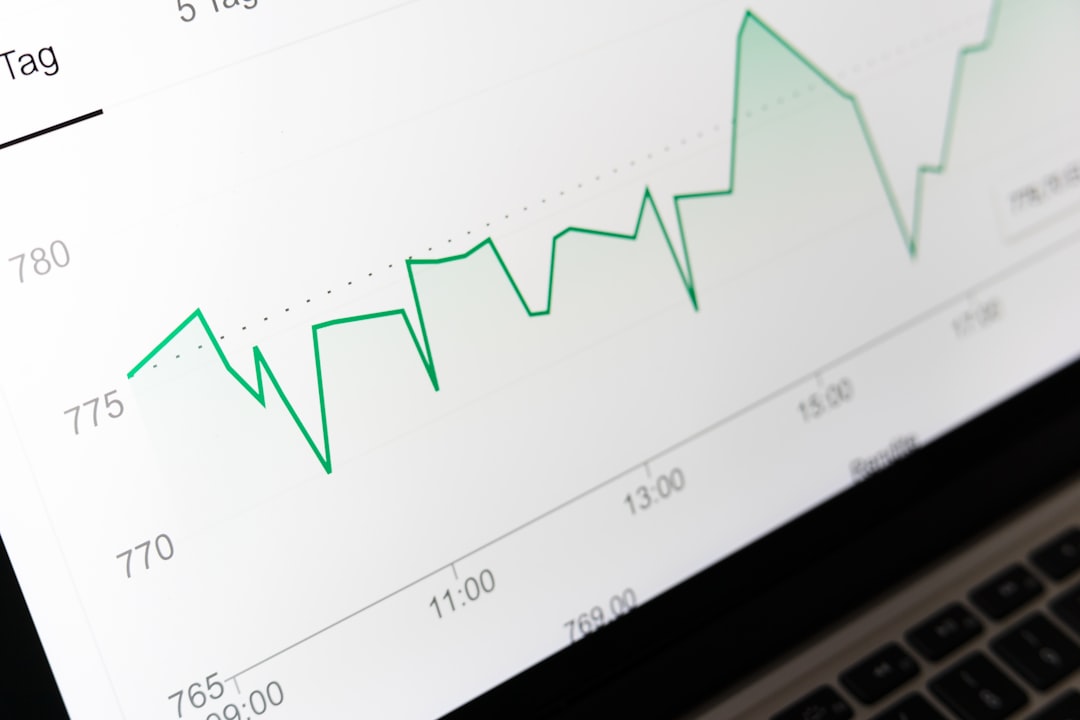What is it about?
Can industrial systems be quickly simulated using limited computational resources? This paper examines whether there is any hope of achieving real-time simulations through artificial intelligence. This work demonstrates that the cutting-edge techniques in artificial intelligence facilitate realization of the digital twins.
Featured Image

Photo by Pawel Czerwinski on Unsplash
Why is it important?
In the next generation of manufacturing, construction of a digital twin is an inevitable step. The digital twin provides a virtual representation that facilitates real-time modeling, monitoring, and optimization. How to build an effective digital twin poses a significant challenge in recent years. Fortunately, our AI accelerated framework may provide an appealing solution, as it enables the simulation of large-scale systems with exceptionally high efficiency. Through this framework, building digital twins for industrial processes becomes technically feasible.
Perspectives
As mentioned by an anonymous reviewer, “the proposed model can provide a development direction for future modeling and computation”. I hope this article offers new insights into modeling and simulation. This technology complements CAE software/solvers and amplifies their power when deployed in industries. The proposed approach enables engineers to quickly gather predictive information before executing on-site operations and decision making. With the integration of this technology, we are transitioning from lab-scale research to industrial applications.
Dr. SHUO LI
Read the Original
This page is a summary of: On reduced-order modeling of gas–solid flows using deep learning, Physics of Fluids, March 2024, American Institute of Physics,
DOI: 10.1063/5.0193480.
You can read the full text:
Resources
On reduced-order modeling of gas–solid flows using deep learning
A deep-learning reduced-order modeling framework for Eulerian-Lagrangian simulations
On Fostering Predictions in Data-Driven Reduced Order Model for Eulerian–Lagrangian Simulations: Decision of Sufficient Training Data
A novel technique for deciding sufficient training data in data-driven reduced order model for Eulerian–Lagrangian Simulations
Feasibility Analysis of a POD-Based Reduced Order Model with Application in Eulerian–Lagrangian Simulations
A theoretical analysis for the feasibility of POD-based ROMs for Eulerian–Lagrangian simulations
Development of a reduced-order model for large-scale Eulerian – Lagrangian simulations
A first data-driven reduced-order model for large-scale Eulerian–Lagrangian simulations
Contributors
The following have contributed to this page










